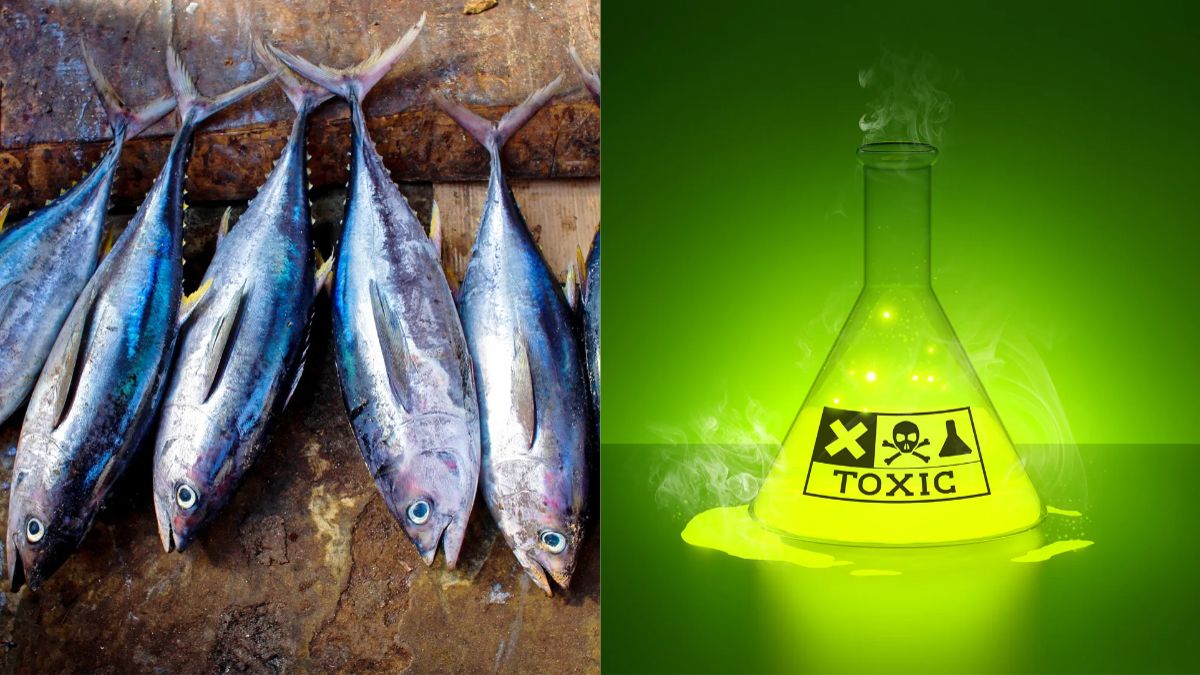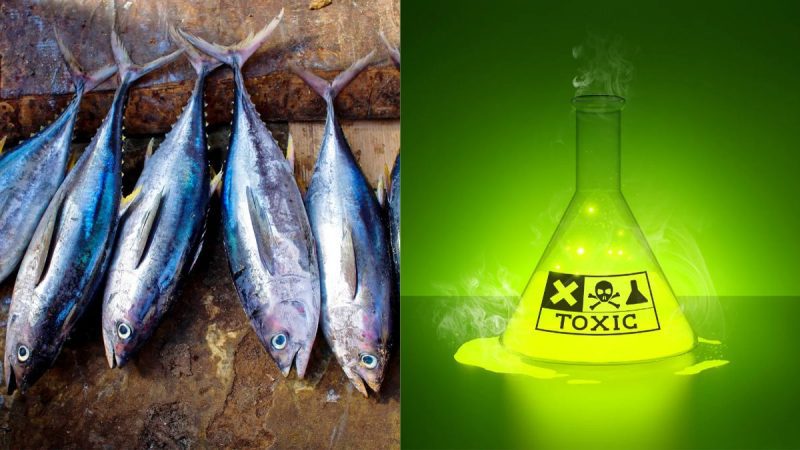Formalin is poison. It’s not just dangerous; it’s deadly. There is no safe dose of formalin, a potent chemical that kills all life it touches. Yet, some fish traders use formalin to preserve fish, extending its shelf life by killing all bacteria.
Protect Yourself From This Silent And Deadly Poison
ডিমা হাচাও জিলাৰ হাফলং বজাৰৰ মাছ বজাৰ আৰু মহাদেৱ টিলা মাছ বজাৰত চালানী মাছত ফৰ্মেলিনৰ উপস্থিতি ধৰা পেলাবলৈ যোৱা ৪ জুলাইত মীন বিভাগৰ সৈতে যৌথভাৱে স্পট টেষ্টিং কৰা হৈছিল।
পৰীক্ষা কৰা সকলো নমুনাৰ ফলাফল ঋণাত্মক পোৱা গৈছে।#formalin #fish #fishmarket #foodsafety #foodsafetyassam… pic.twitter.com/HZmzZcKxsp
— Food Safety Assam (@foodsafetyassam) July 5, 2024
In doing so, they are slowly poisoning unsuspecting consumers. This amounts to nothing less than culpable homicide—a deliberate act of endangering lives for profit.
Formalin, a form of formaldehyde, is a known carcinogen. Its use in food is illegal and highly dangerous. When consumed, formalin doesn’t just disappear. It enters your body and wreaks havoc on your health. It can cause serious organ damage, particularly to the kidneys, and increases the risk of cancer. Despite this, some traders continue to use it, putting profits above people’s lives.
How to Check if Your Fish Contains Formalin
Dr. Anupam Sarma, the District Fishery Officer, and his team performed a formalin test at the Tihu fish market today and the results came out as negative.@keshab_mahanta @varnalideka pic.twitter.com/pEe5e5YUeE
— DC Nalbari (@nalbari_dc) August 5, 2024
Given the grave danger posed by formalin, it’s essential to know how to detect it in the fish you buy. Fortunately, there are ways to test fish for this toxic substance before it reaches your plate. These tests are simple and can be done at home using readily available kits.
- Test kits for detecting formalin in fish are available online and in some stores. These kits usually contain test papers and a reagent.
- Start by rubbing the test paper against the skin of the fish. This helps to collect any residues of formalin that might be on the surface.
- After rubbing the paper on the fish, drop a few drops of the reagent onto the paper. This reagent reacts with formalin, producing a clear colour change.
- Watch the paper closely as it reacts with the reagent. If the paper turns blue, it’s a warning sign—the fish is contaminated with formalin. If the paper turns yellow, the fish is free from formalin and safe to eat.
This simple test can save lives. It only takes a few minutes and can make all the difference between eating safe, healthy fish and consuming a toxic chemical.
Also Read: From Mughals To British, How Hilsa Fish Still Remains The Iconic Delicacy Of Rainy Season Feasts
Formalin is not something to be taken lightly. It’s a poison with no safe dose, and it’s being used to line the pockets of greedy traders at the expense of innocent lives. Don’t let yourself become a victim of this toxic practice. Be vigilant, be informed, and always check your fish for formalin.
Cover Image Courtesy: Canva (Representative Image)
For more such snackable content, interesting discoveries and the latest updates on food, travel and experiences in your city, download the Curly Tales App. Download HERE. First Published: August 14, 2024 4:24 PM




